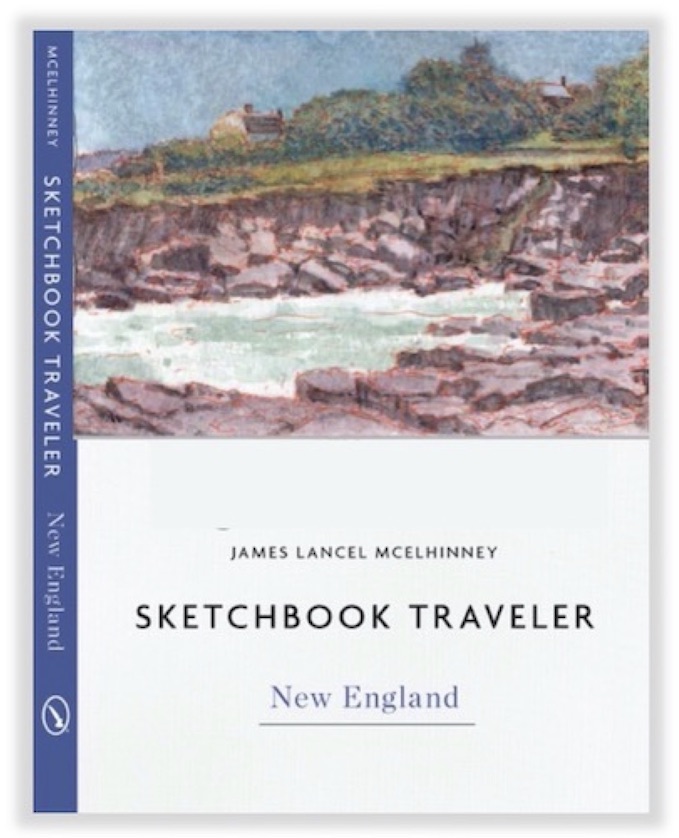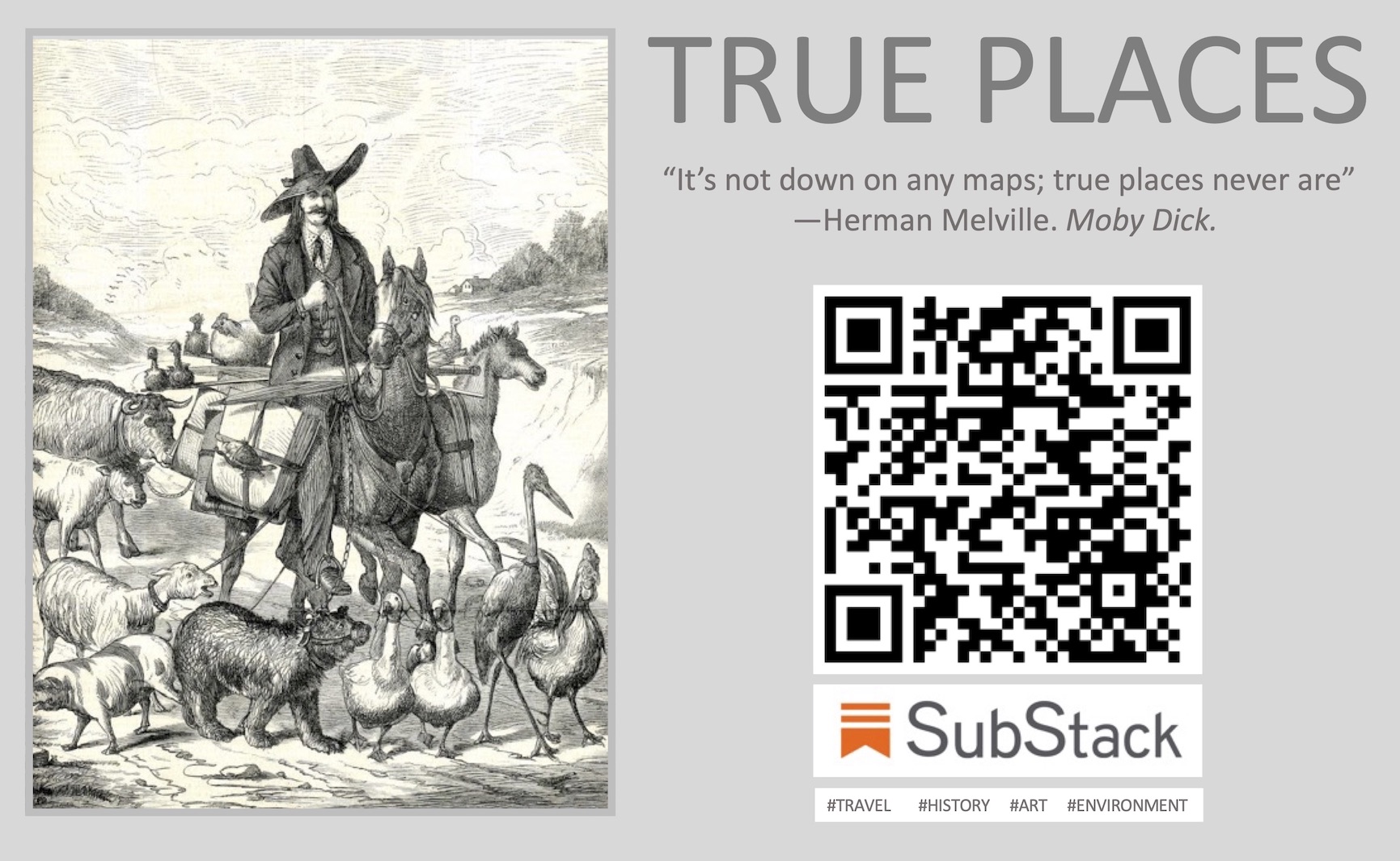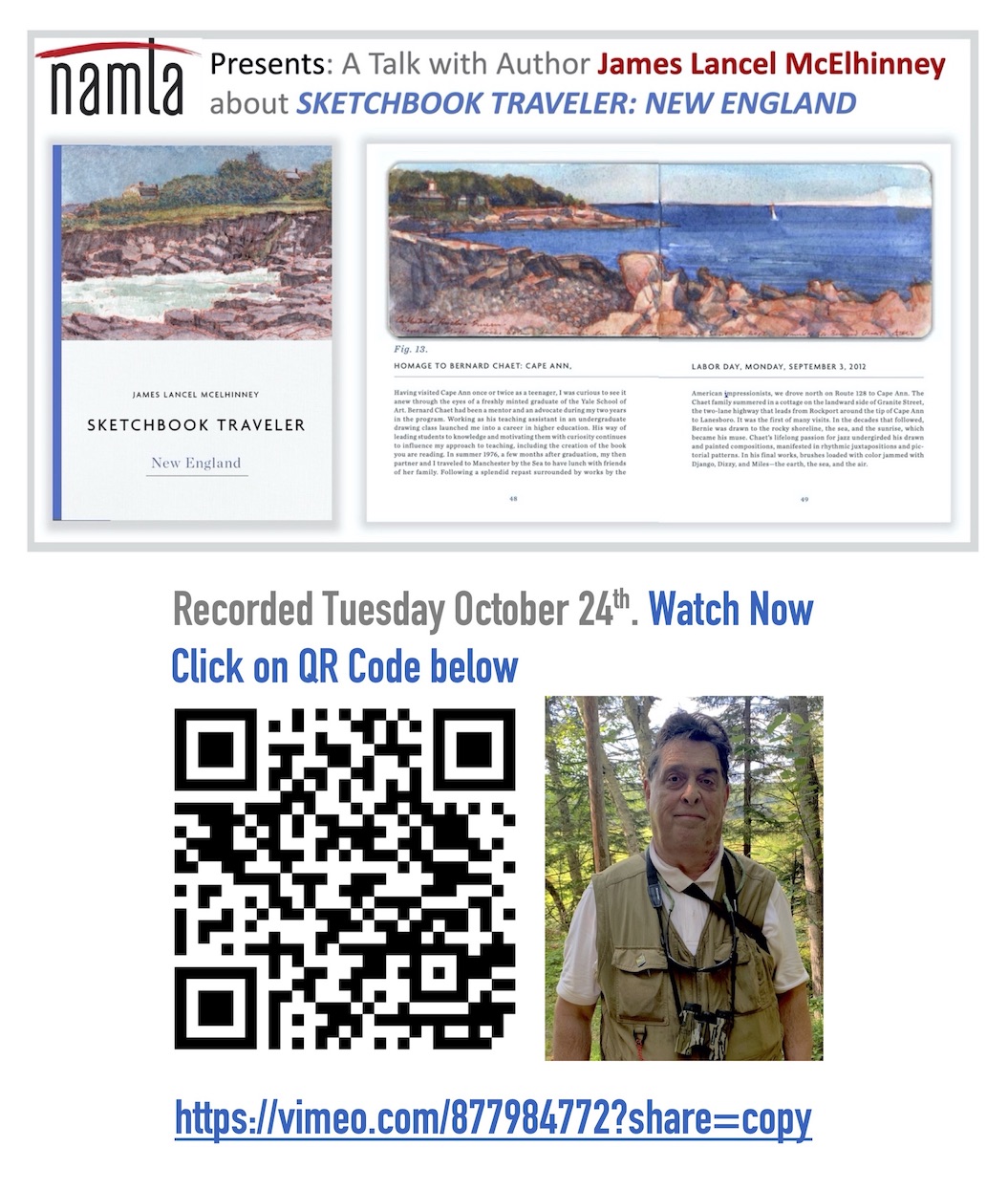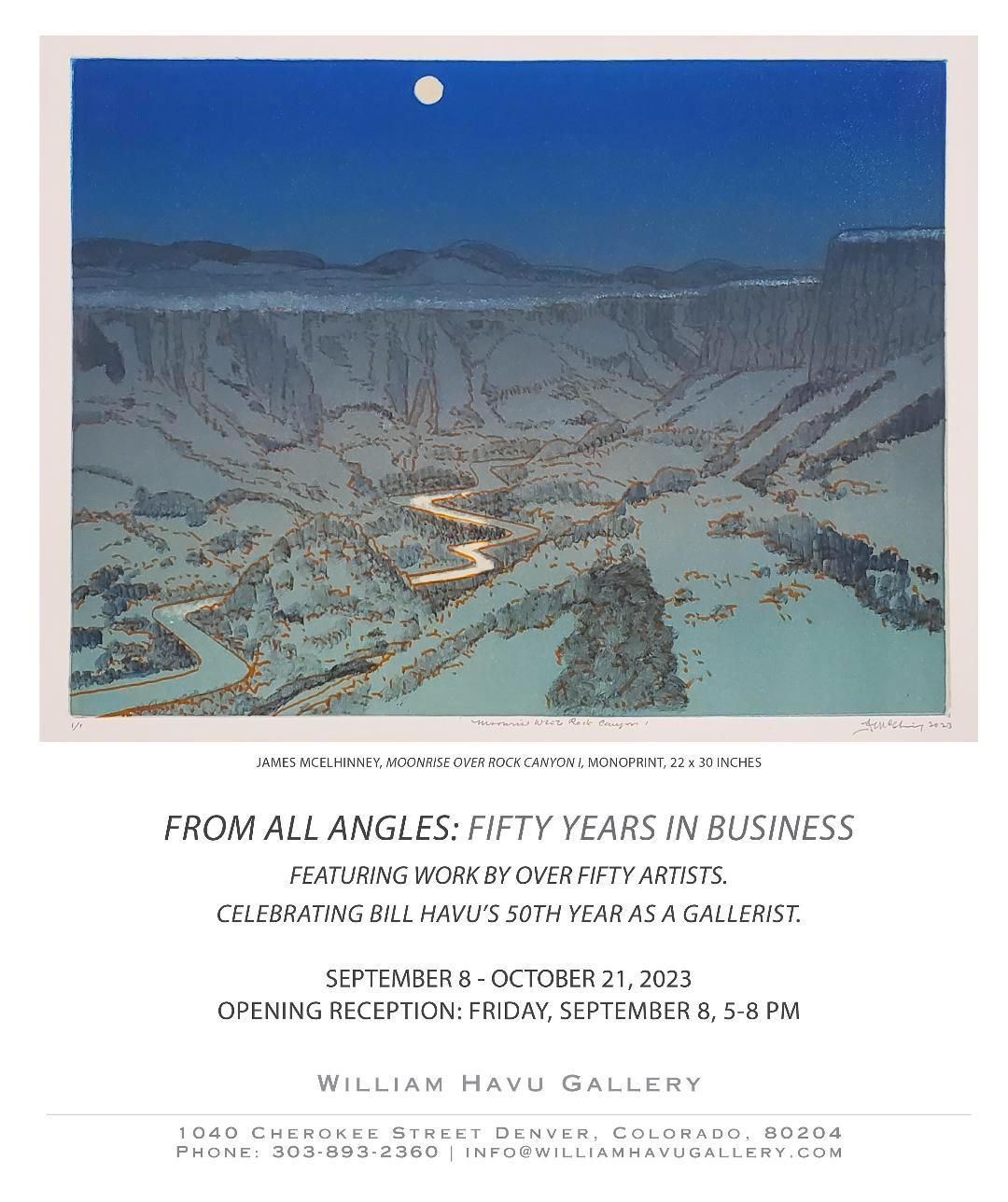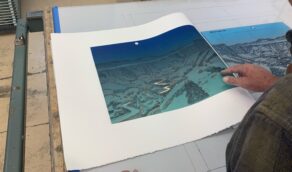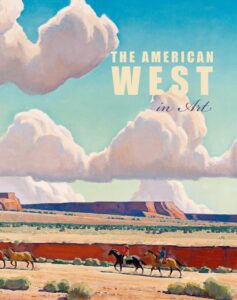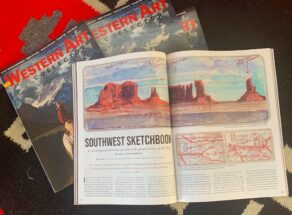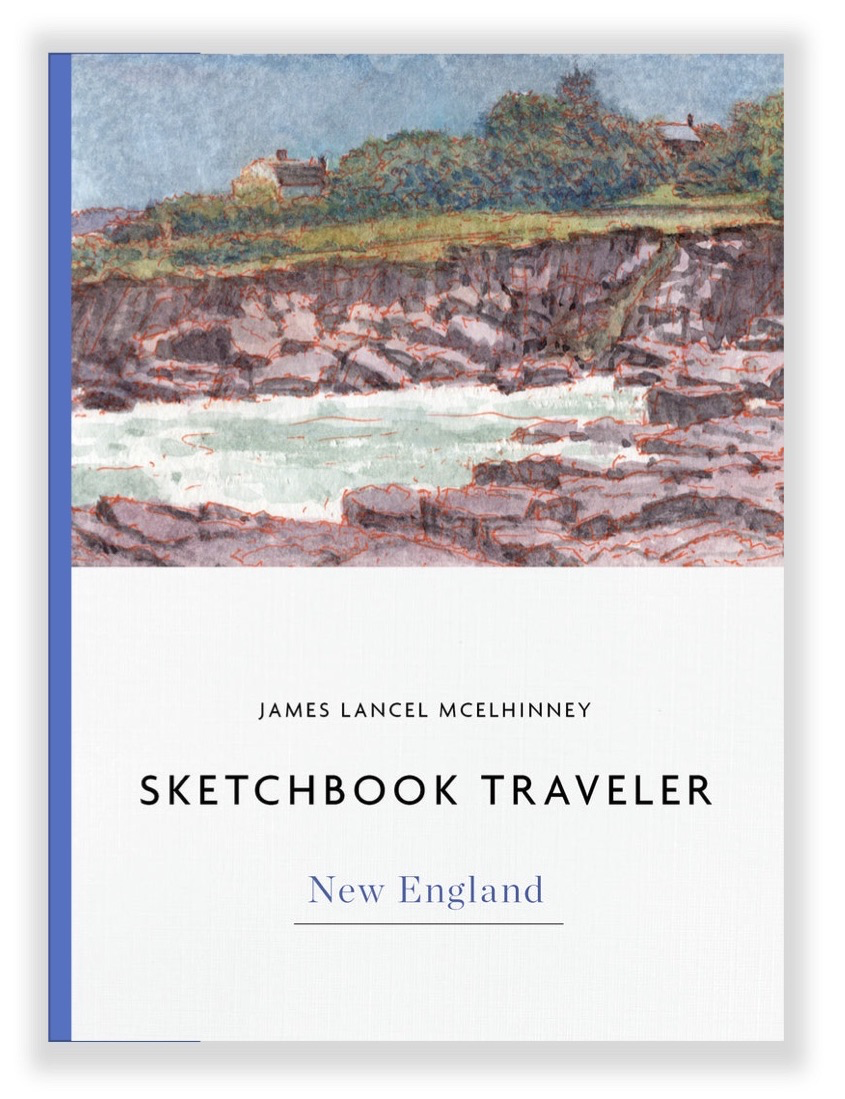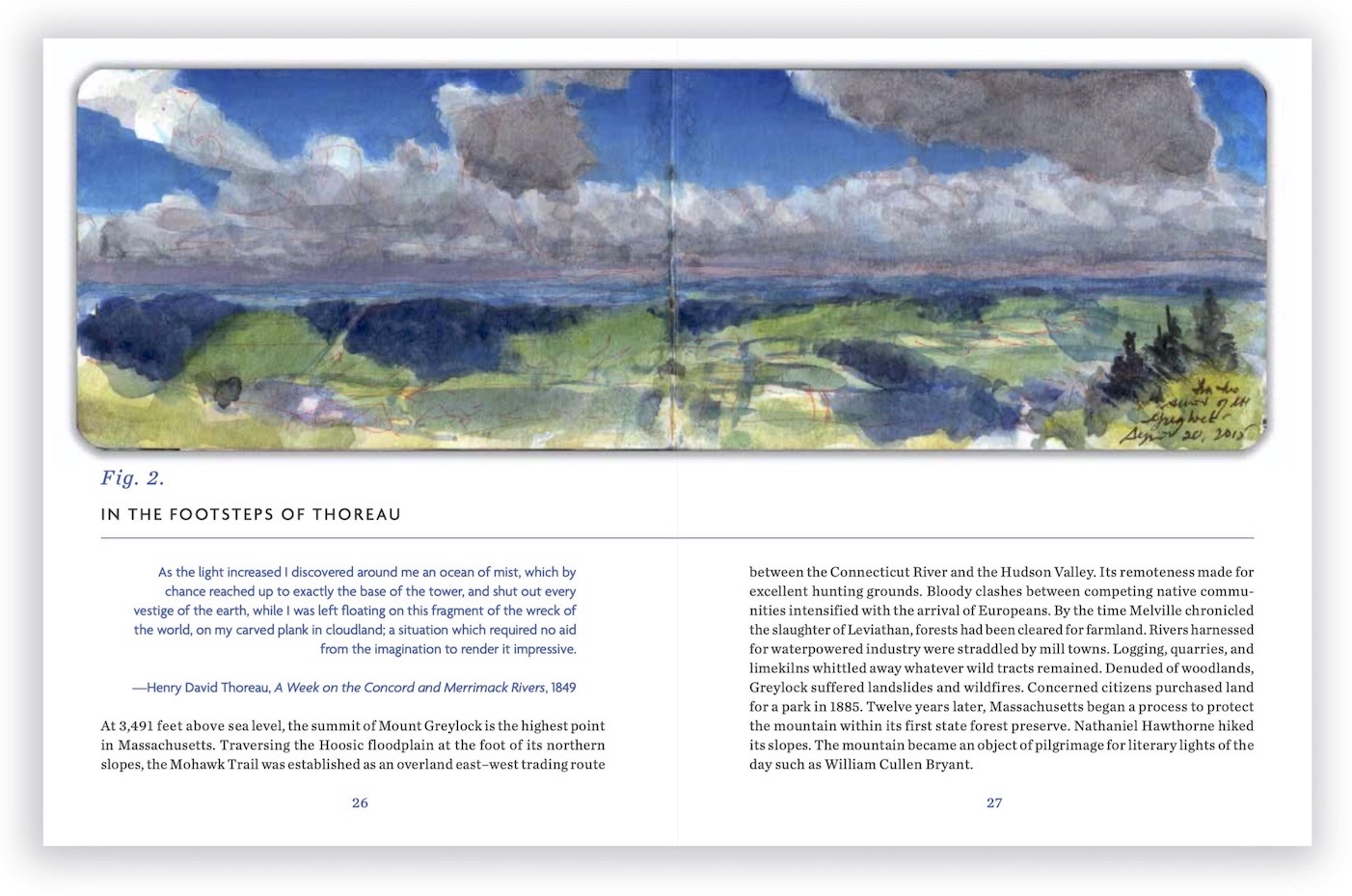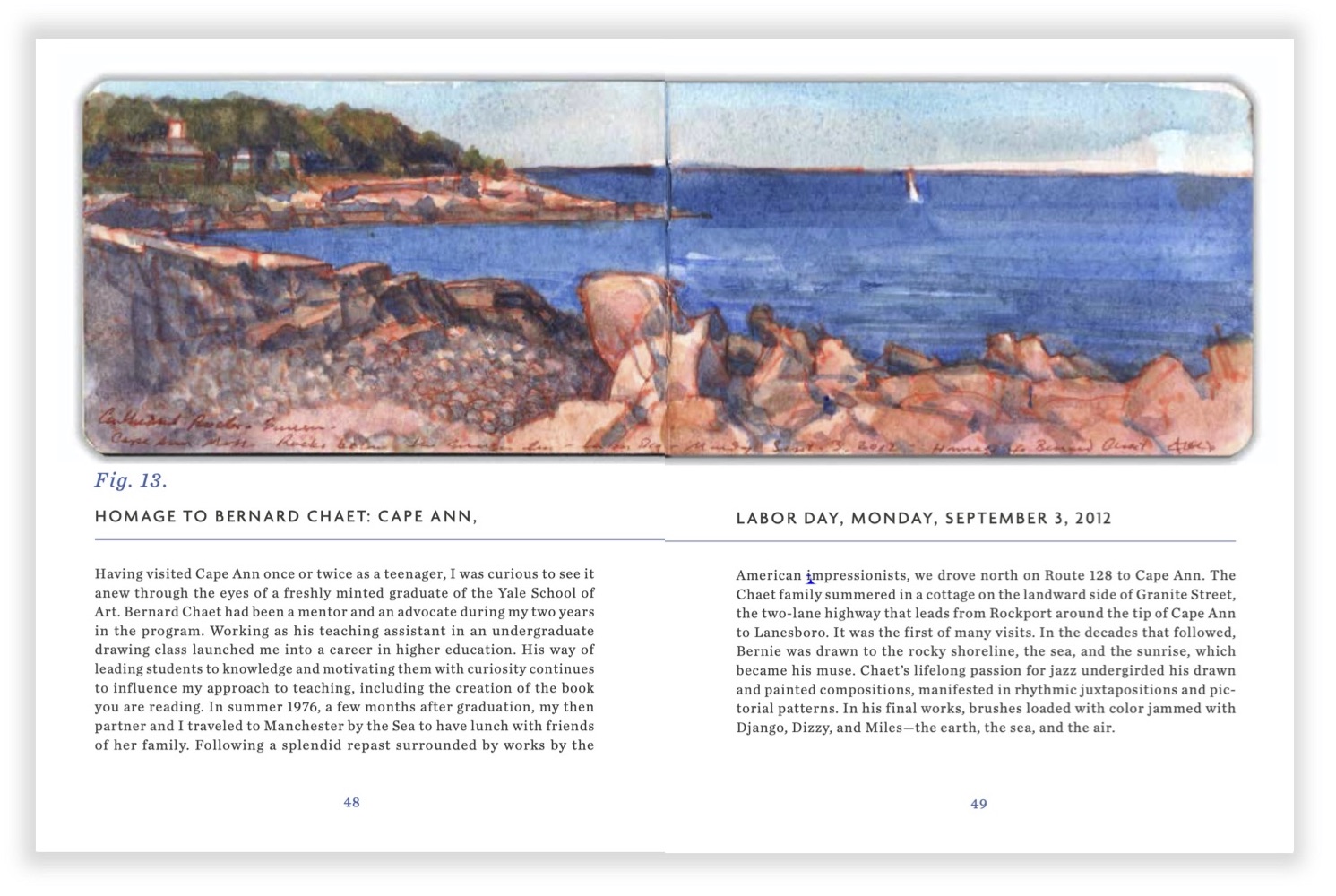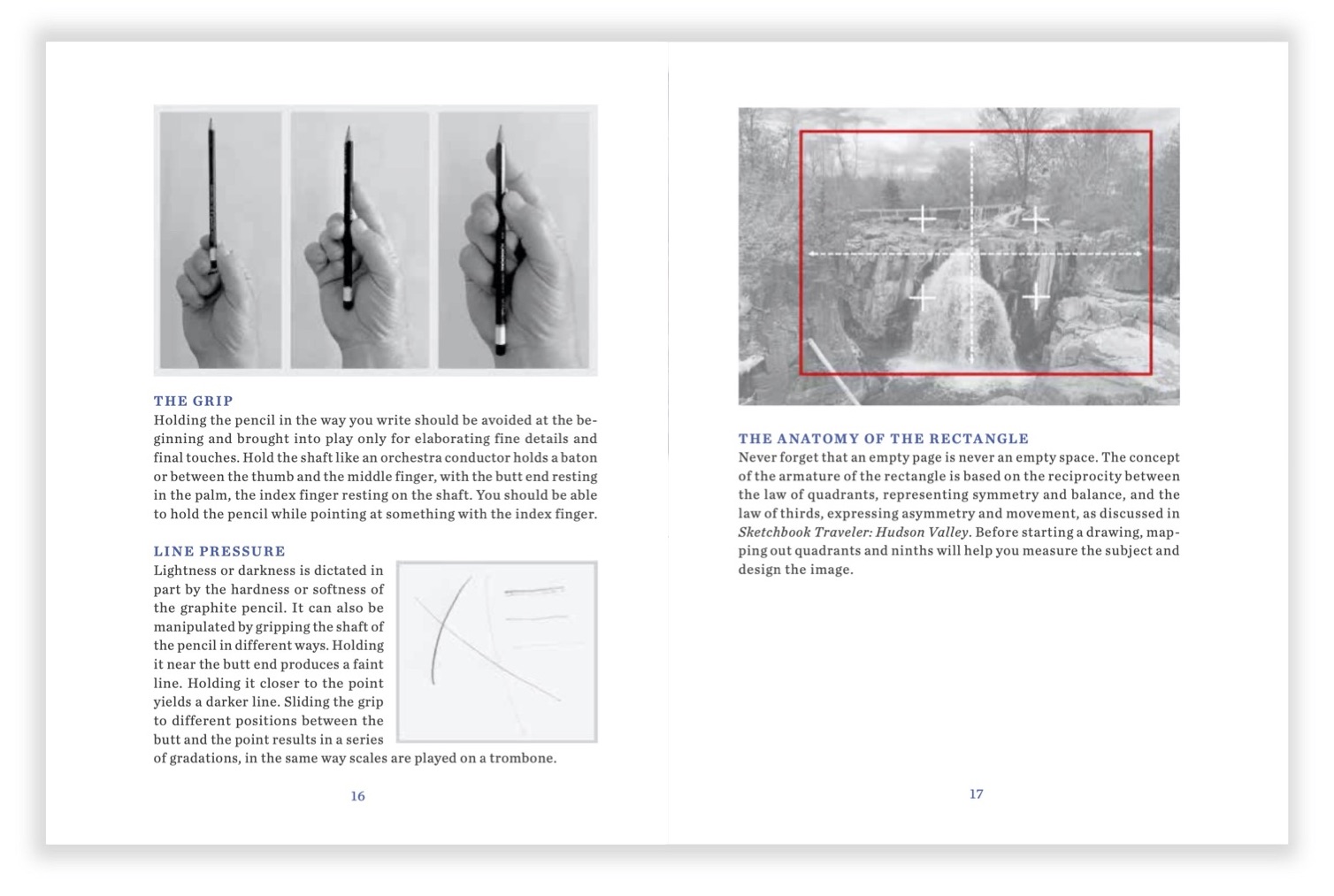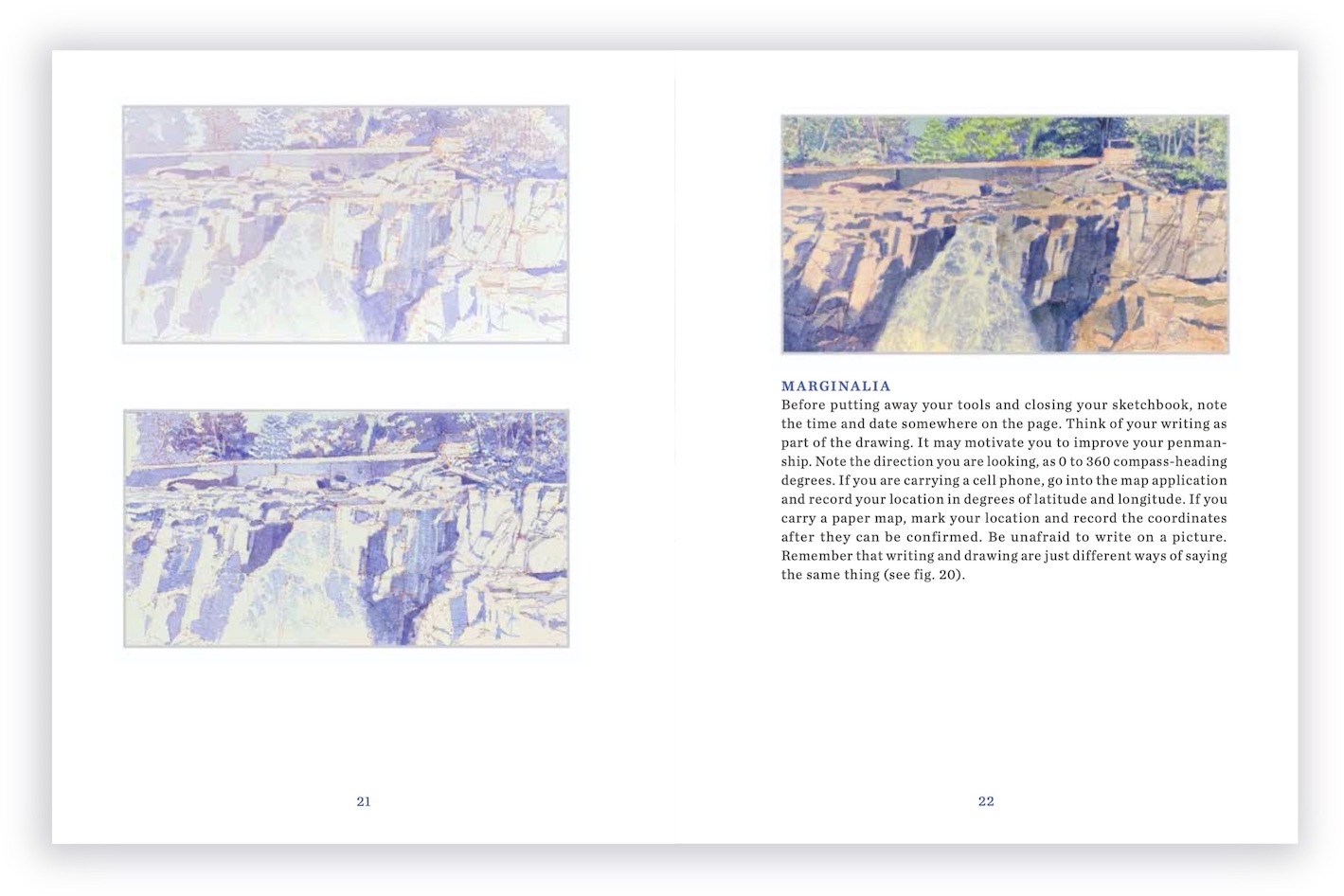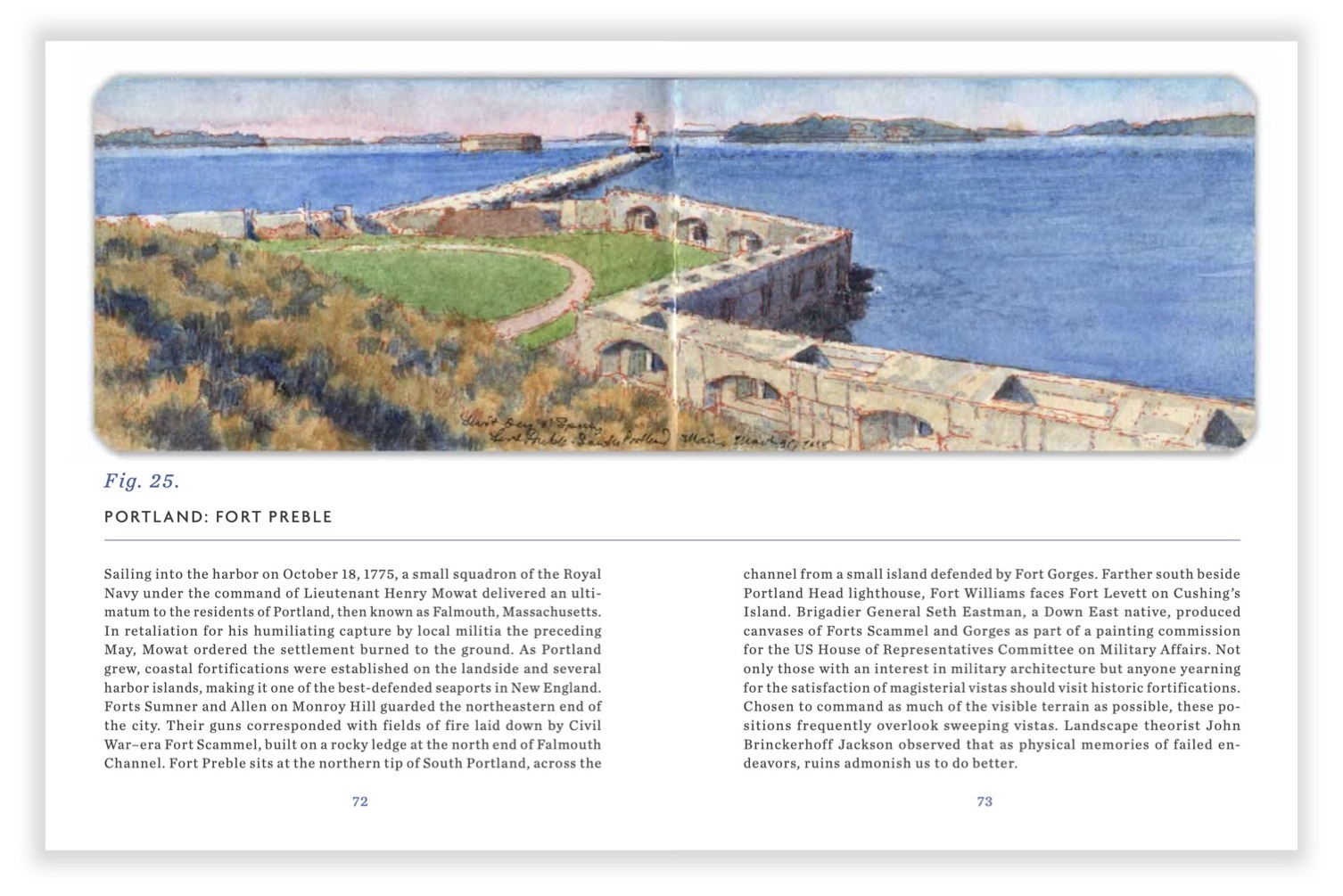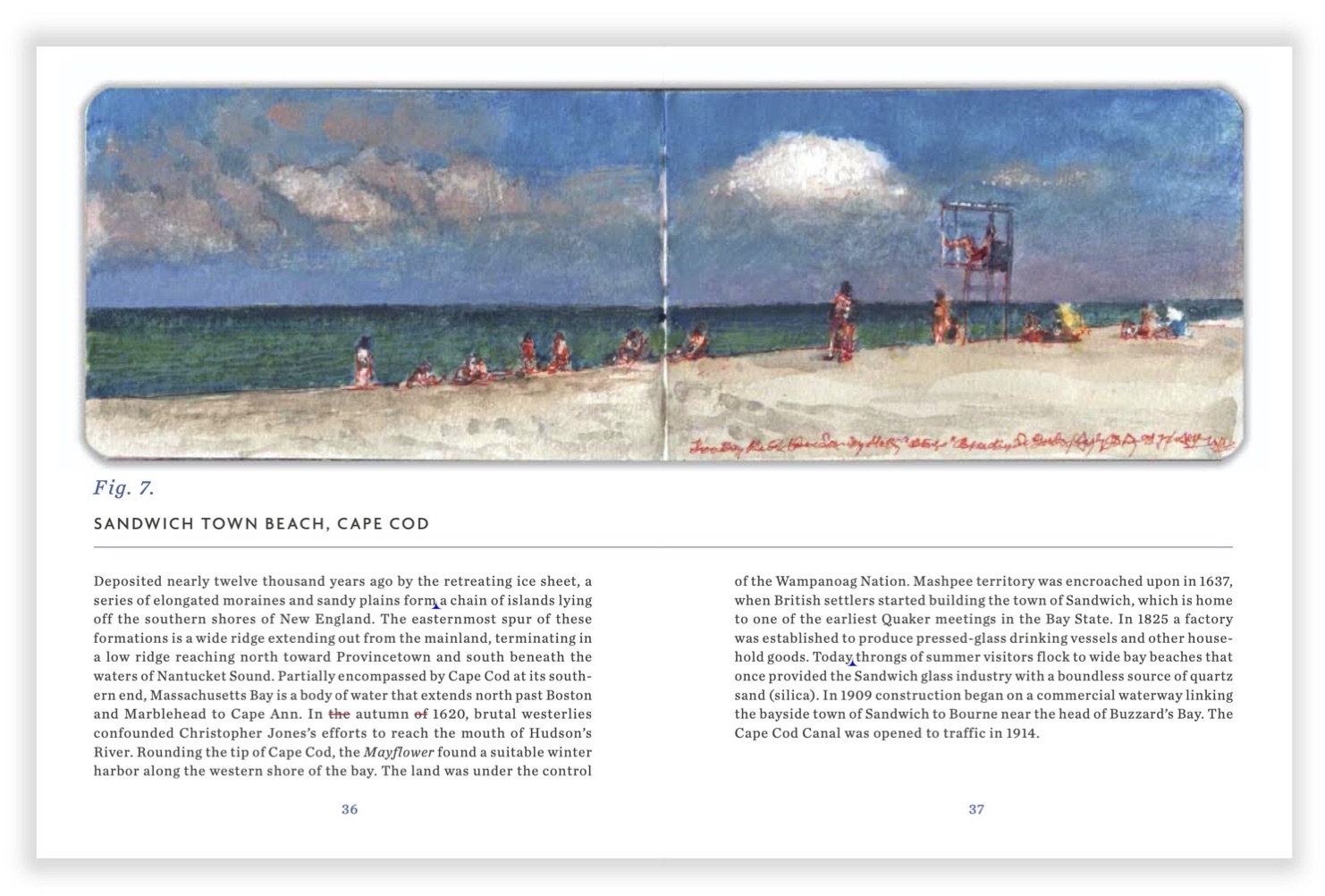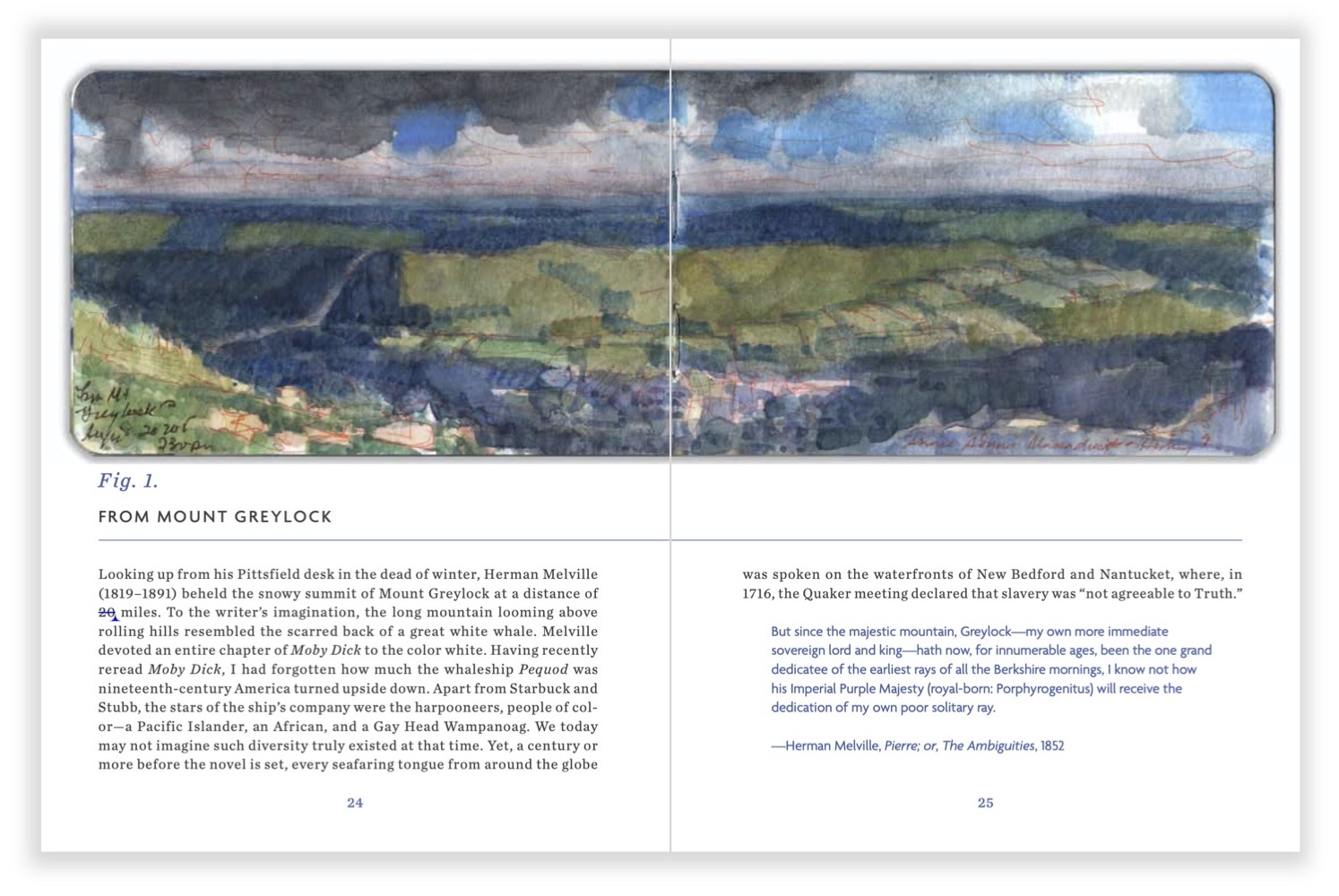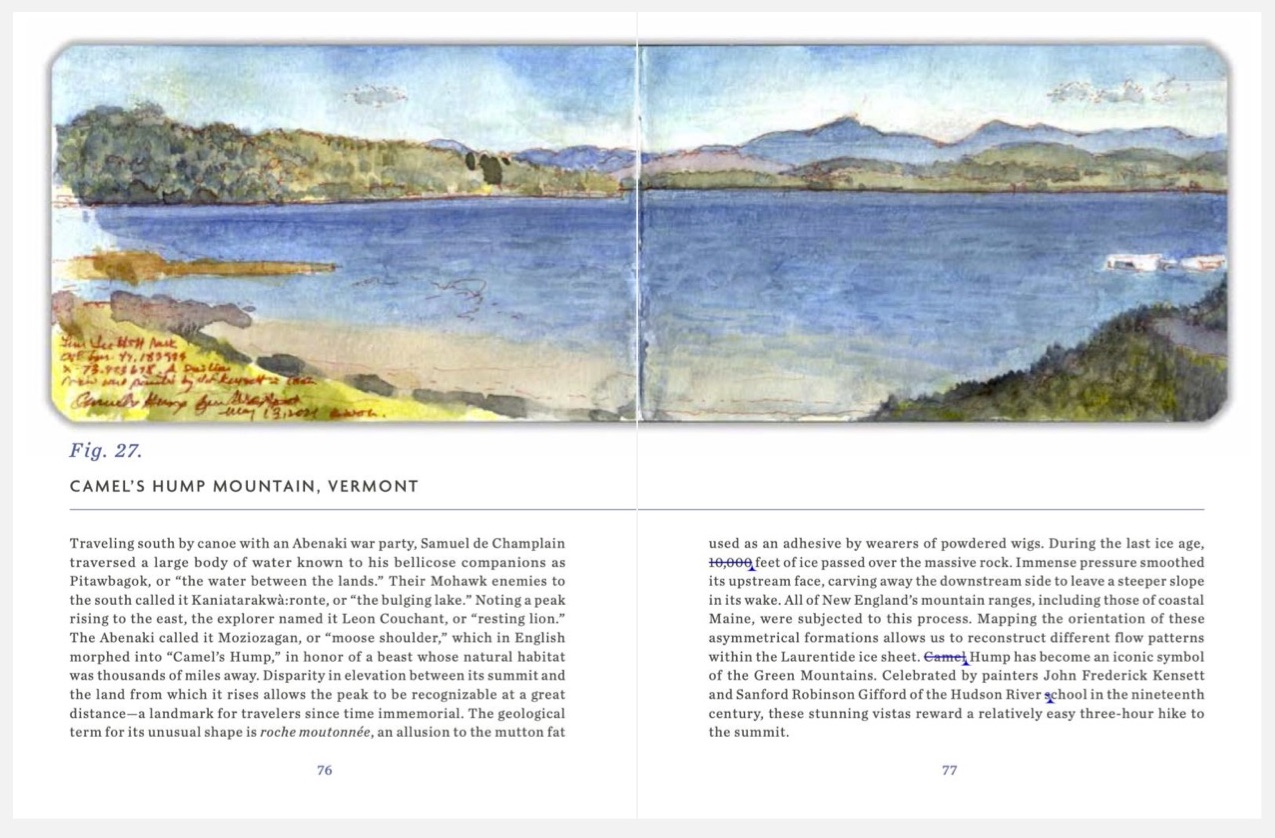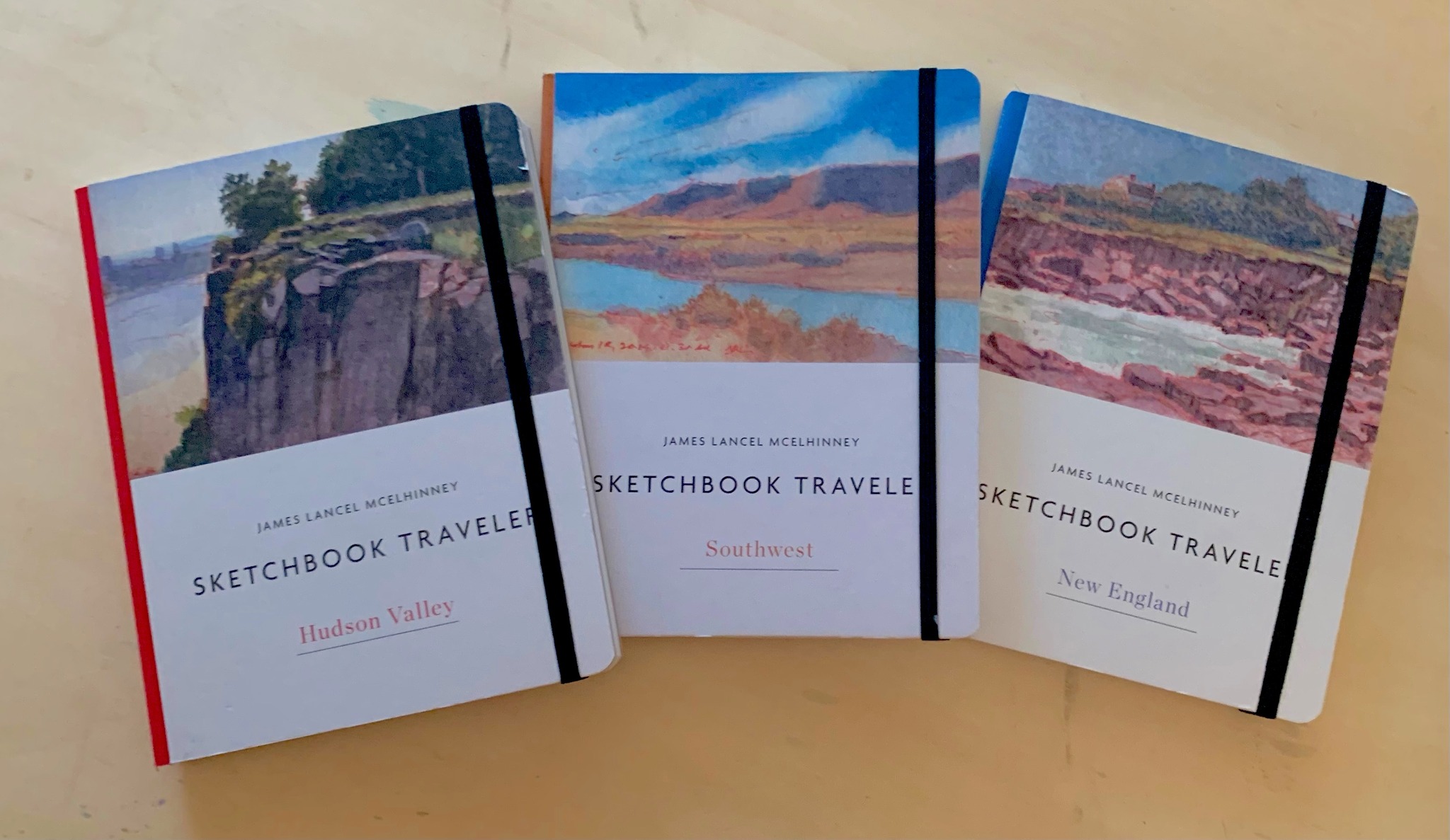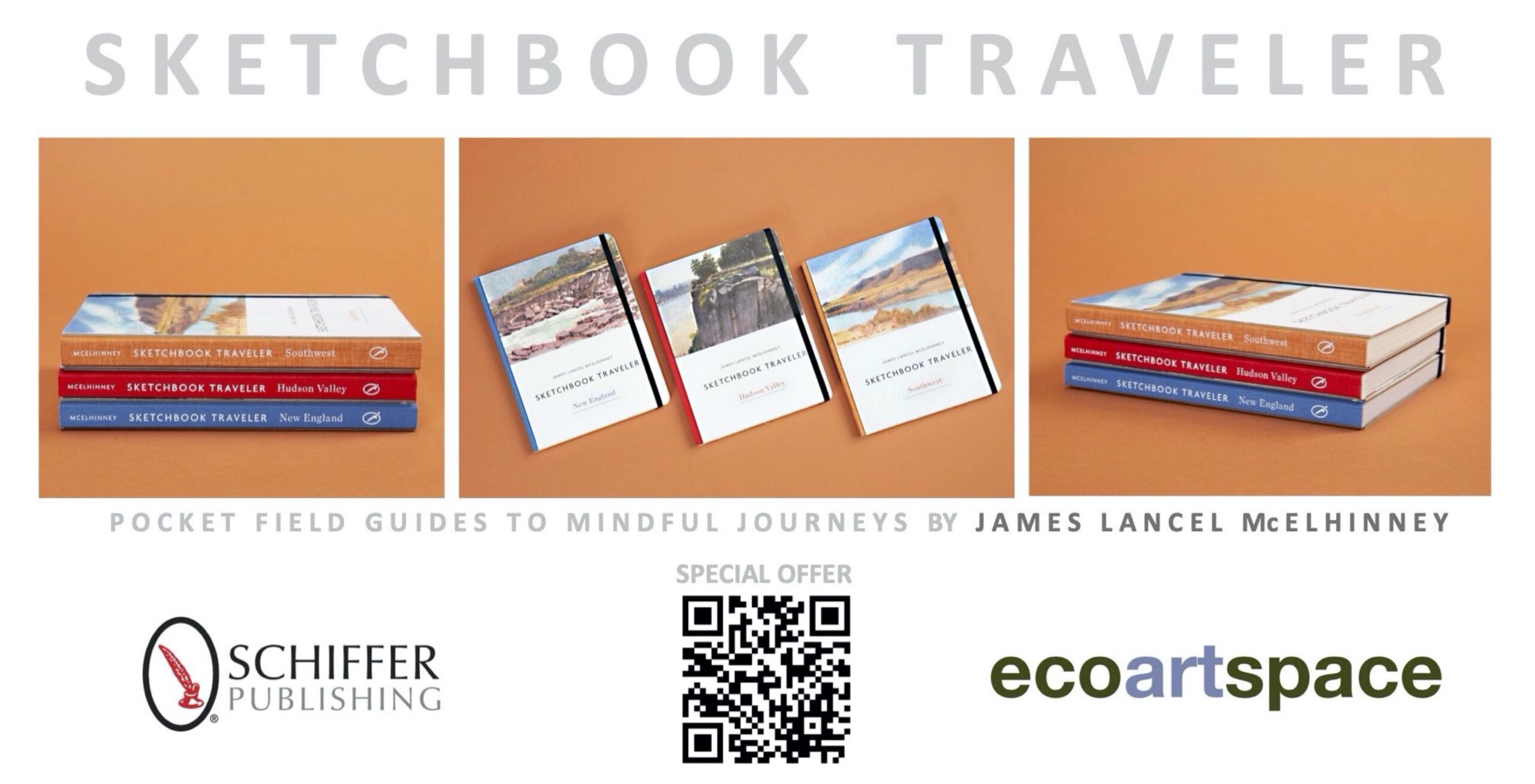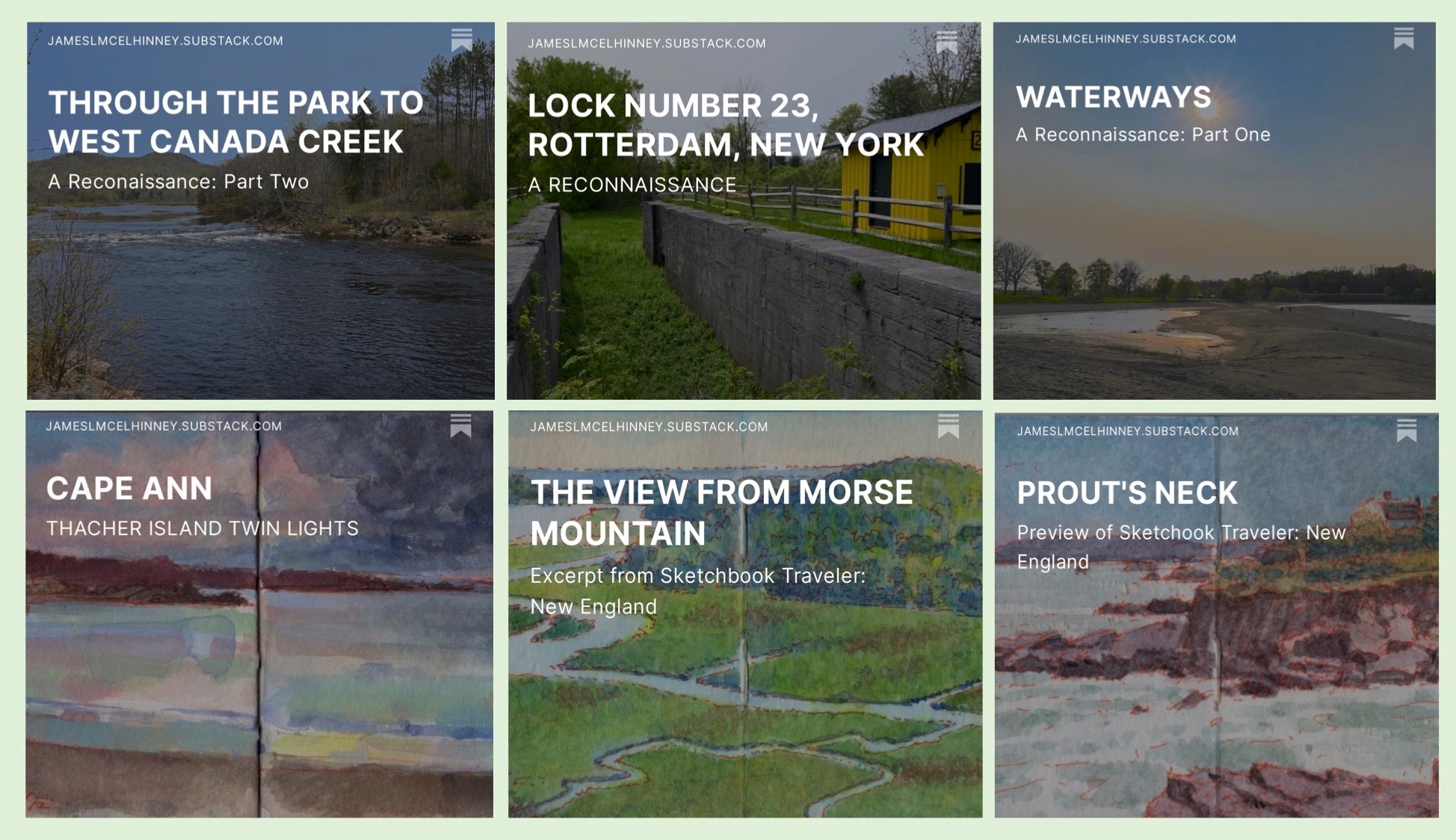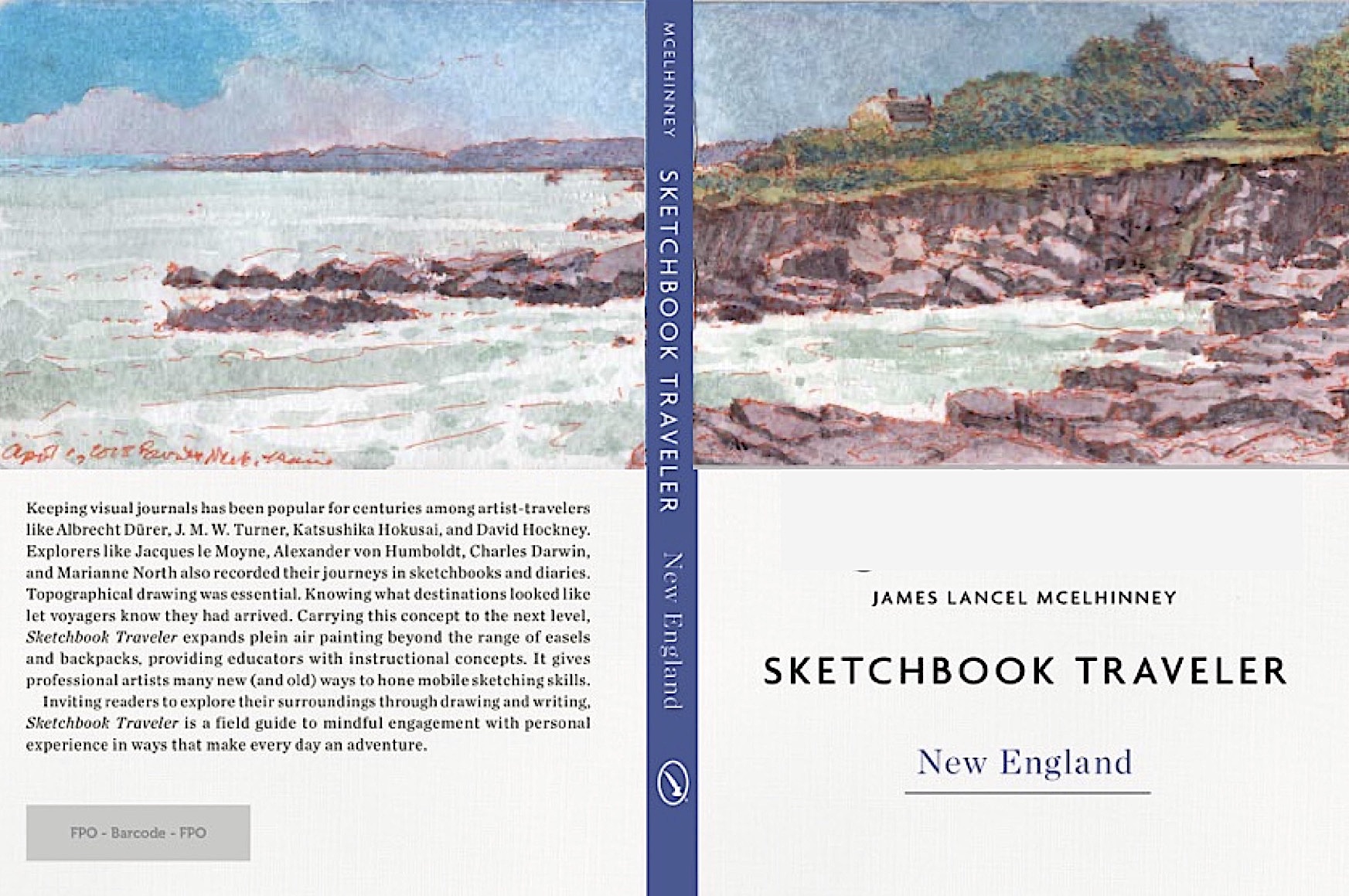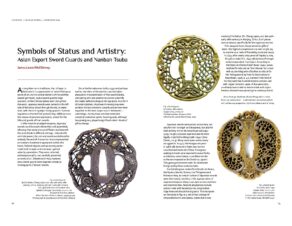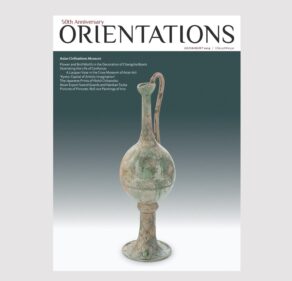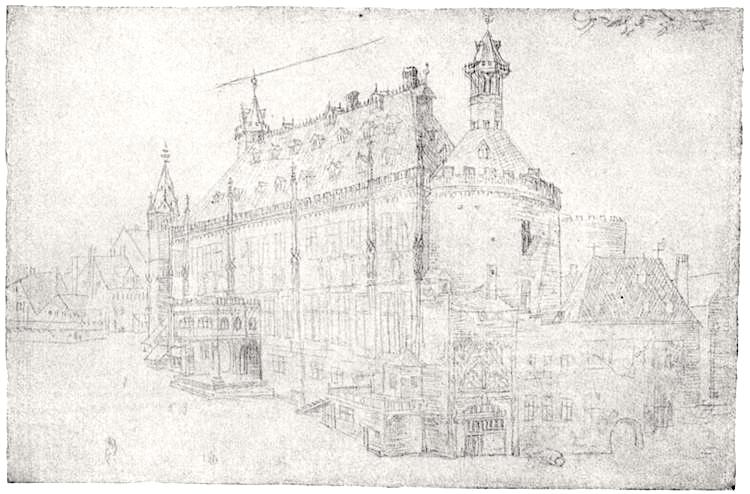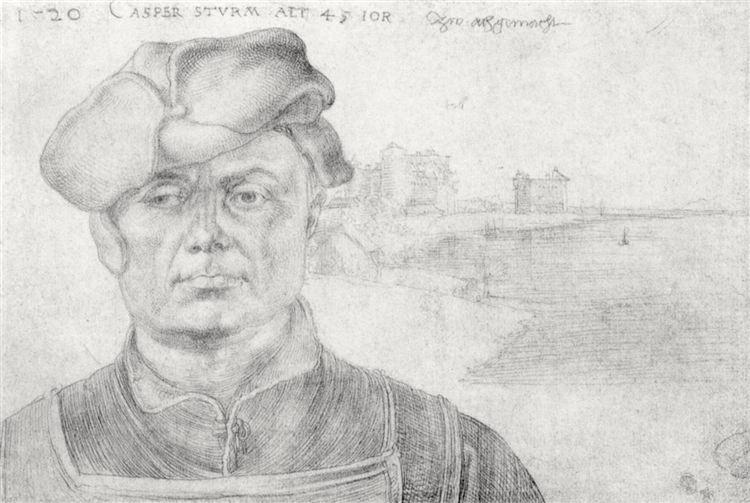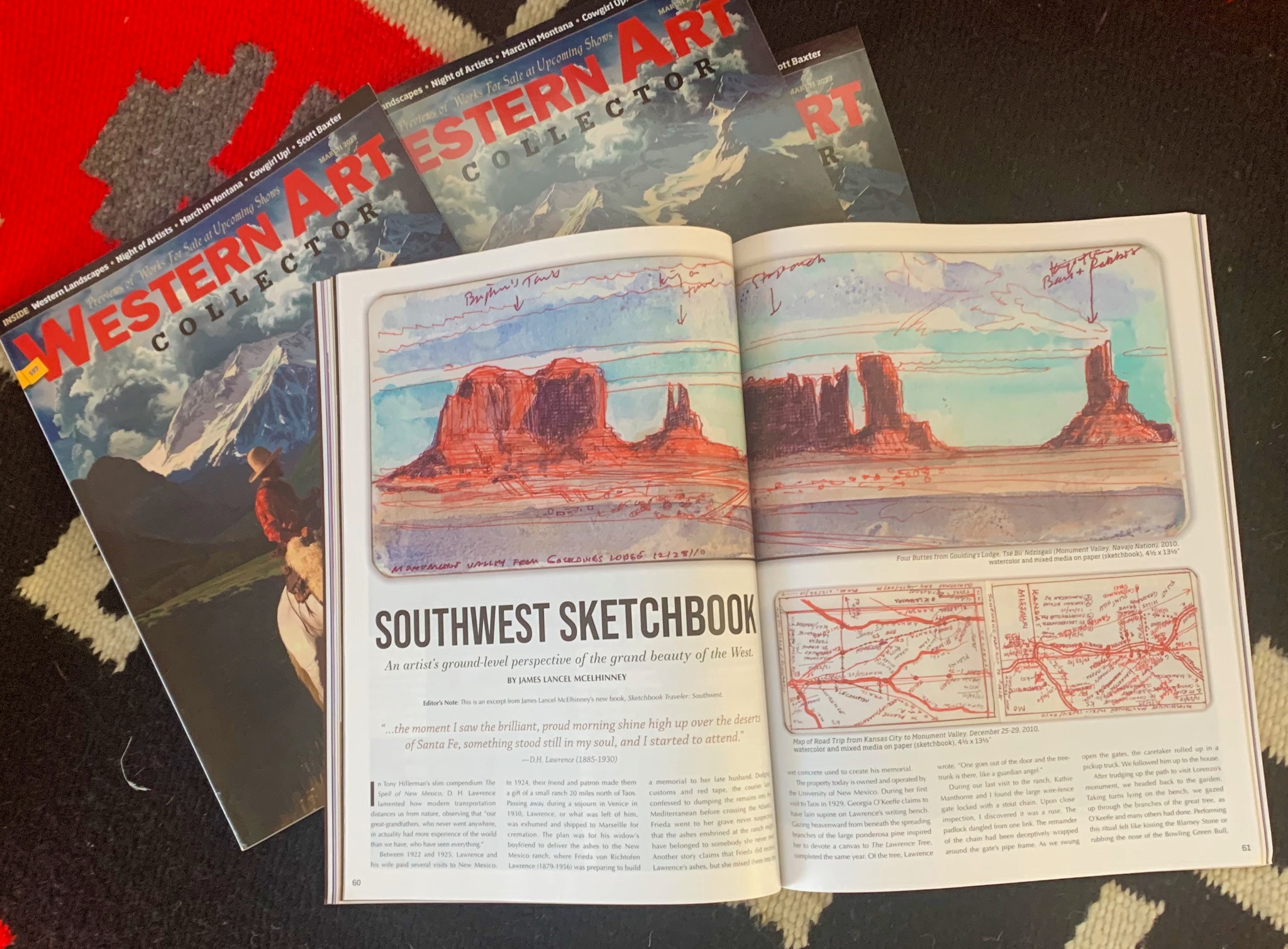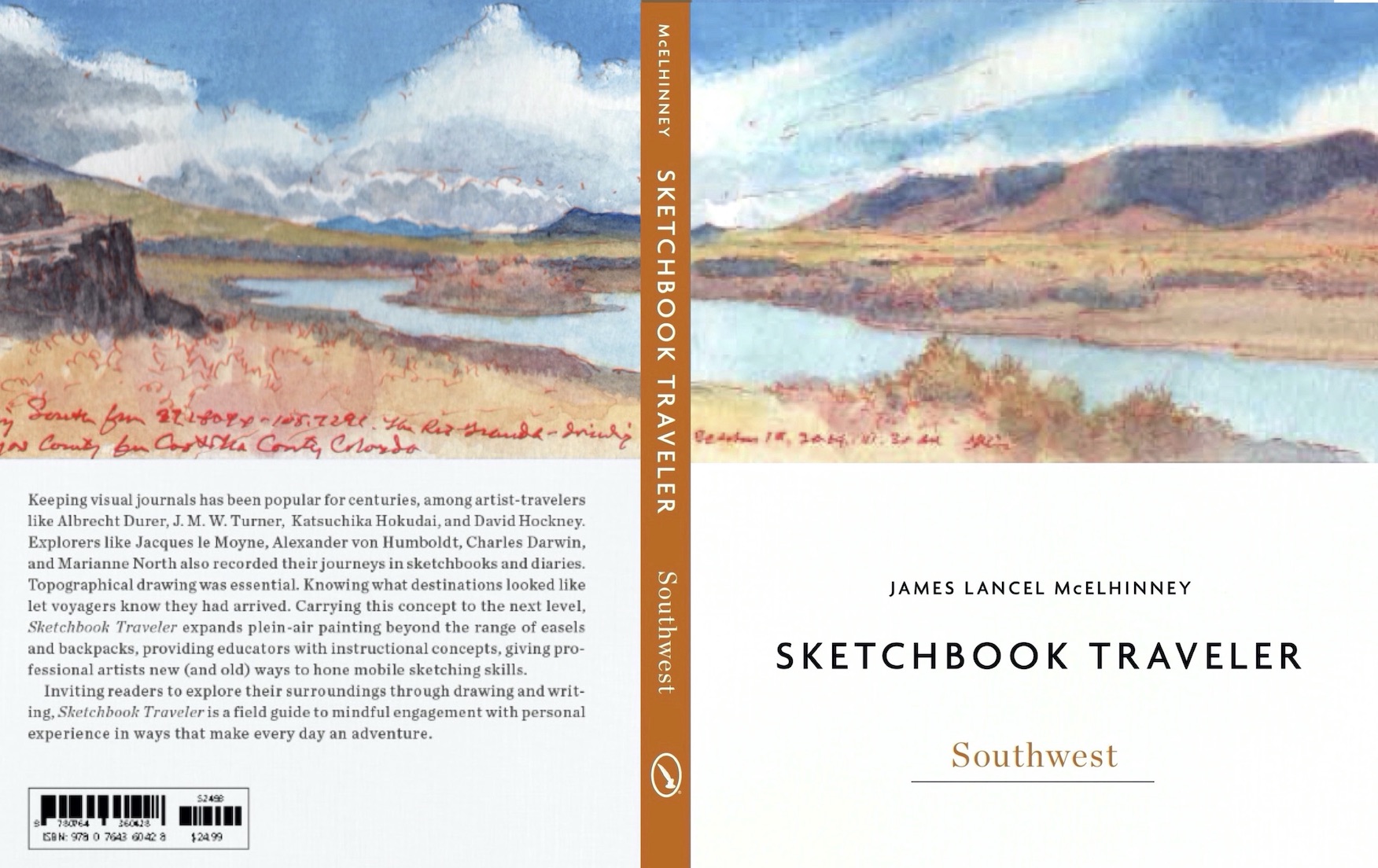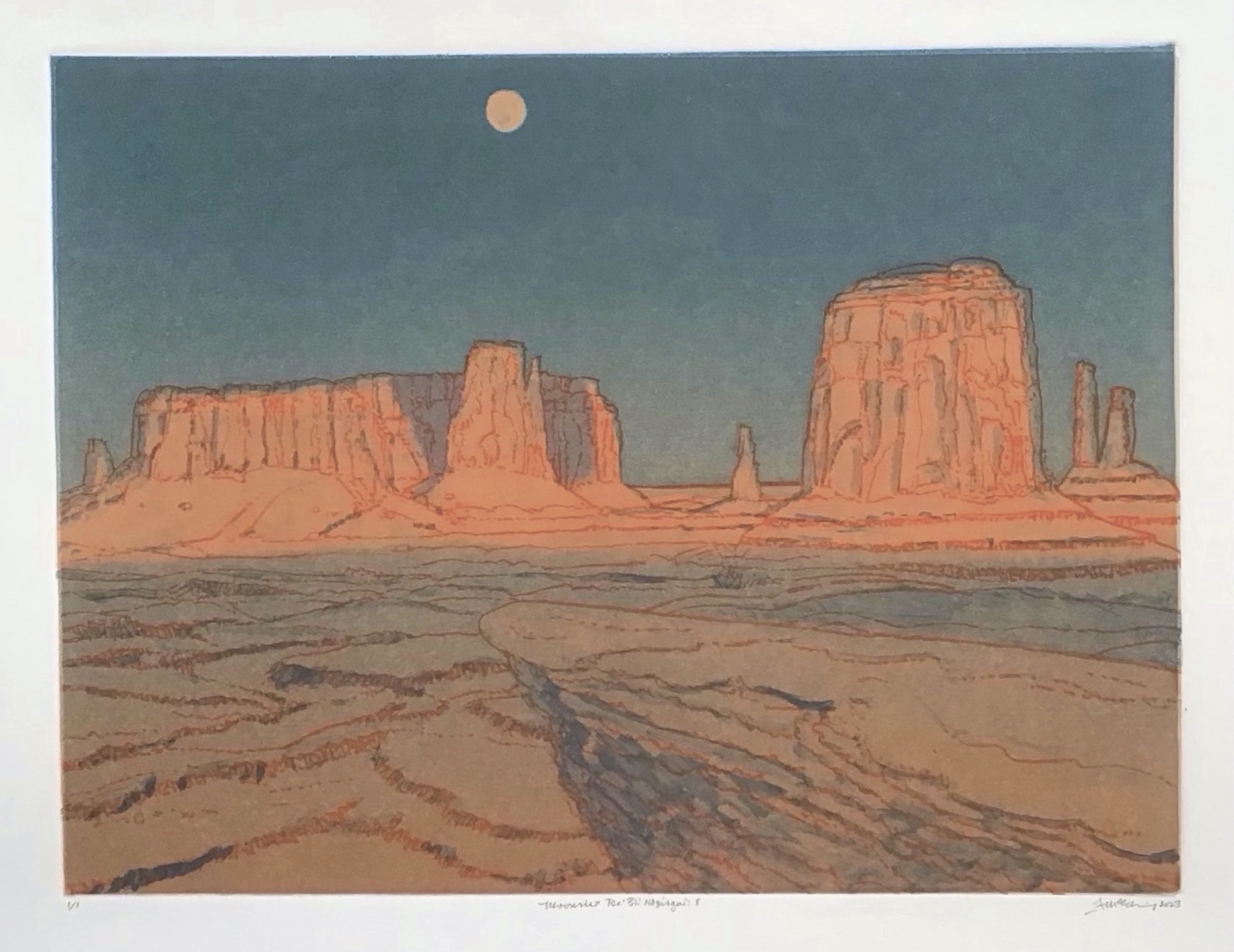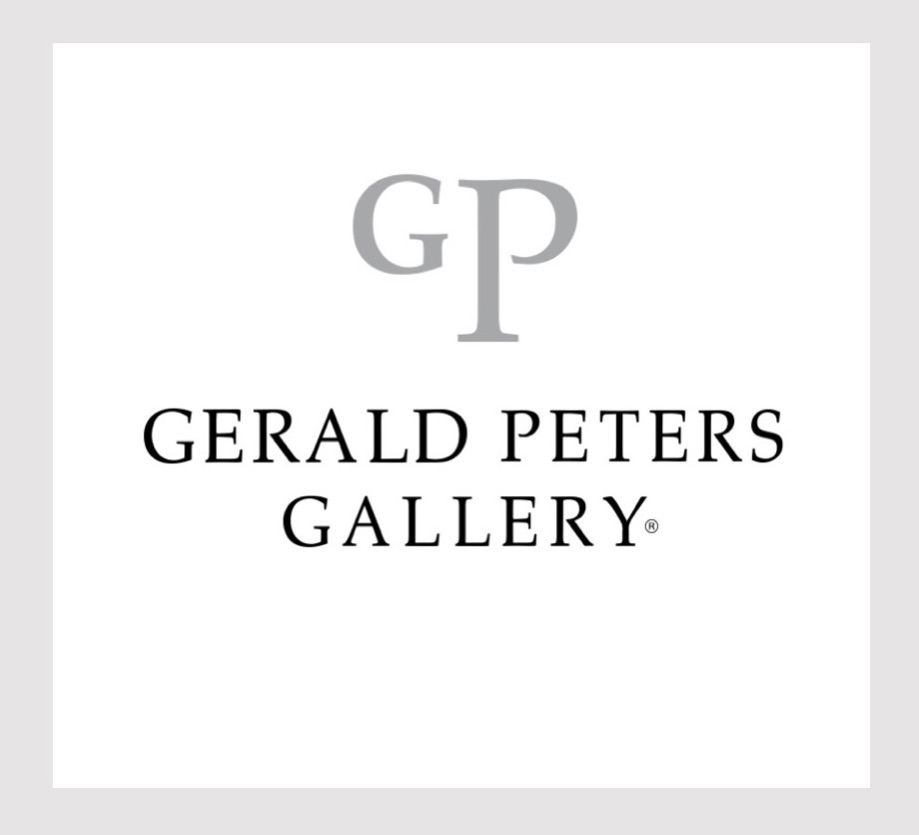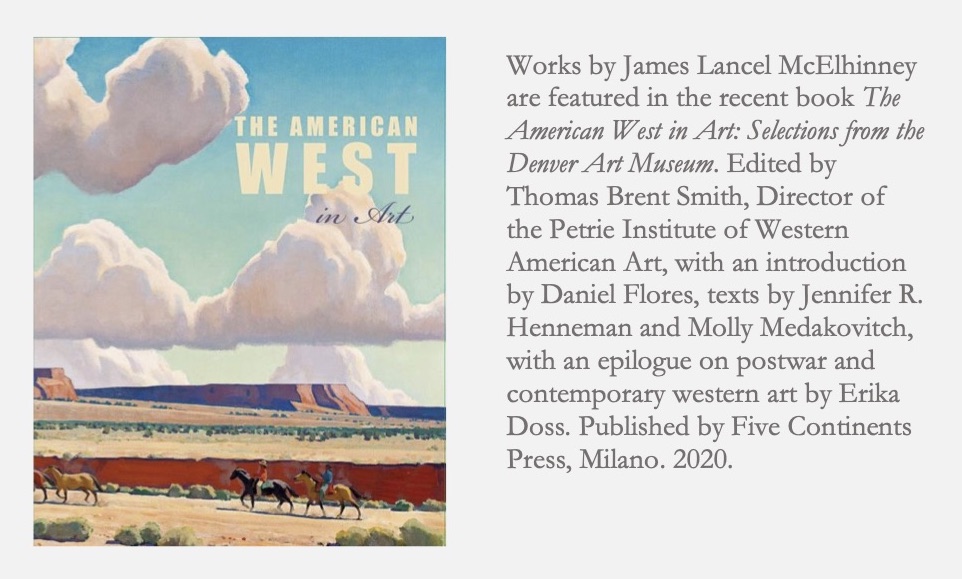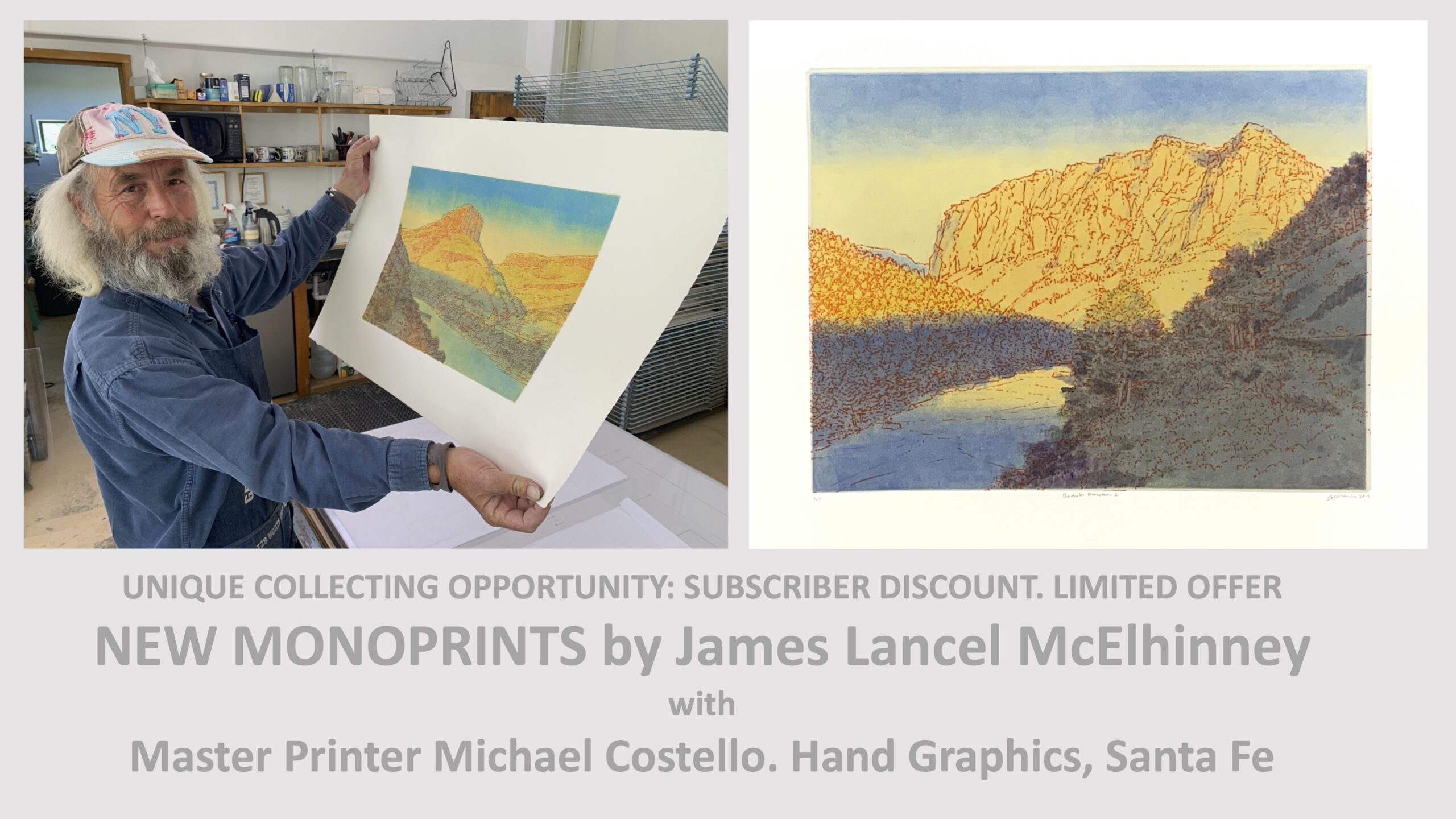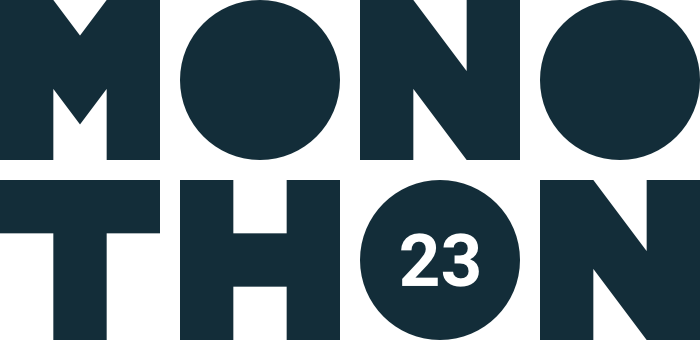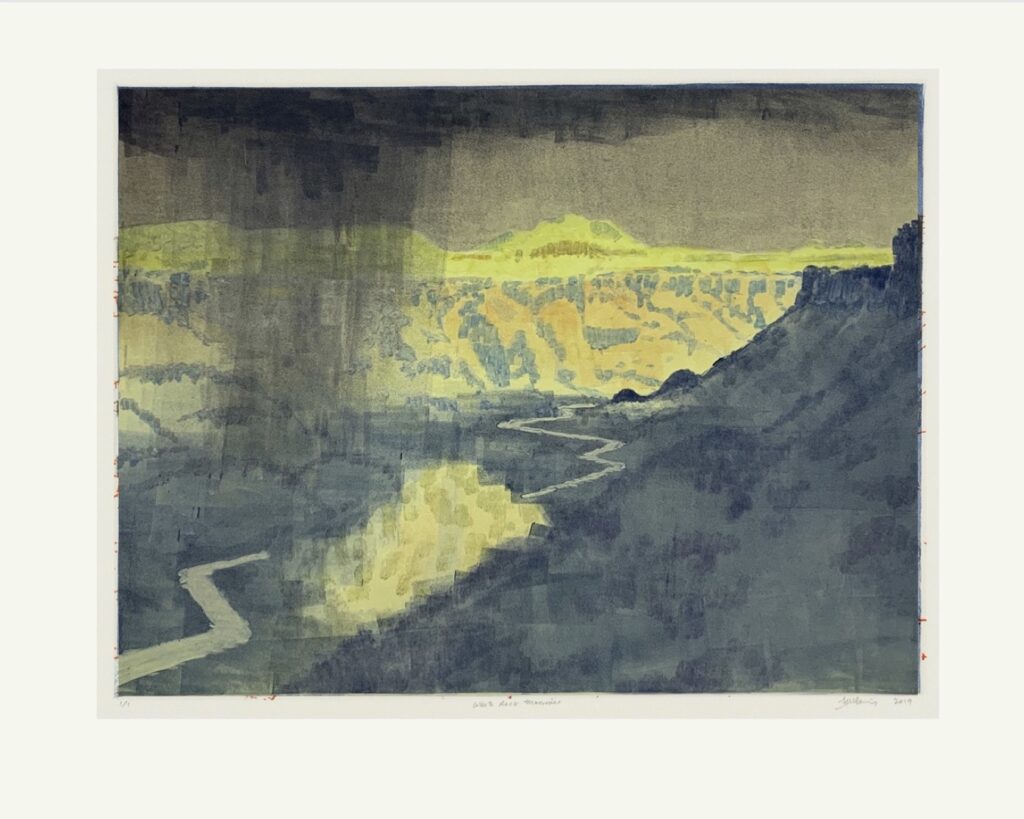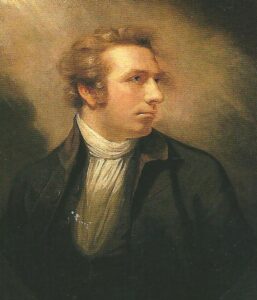
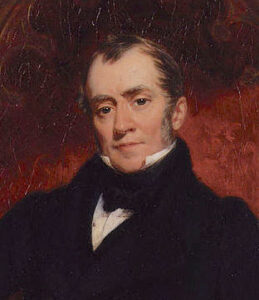
Left: John Henry Fuseli (1741-1825). Right: John Britton (1771-1857)
“We have been told that landscape painting is the lowest branch of the Fine Arts, and that those who practise it are little better than ‘topographers and map-makers’. Thus a whole class has been stigmatized for the insipidity, or tasteless puerility of a few of its members.”
—John Britton . Fine Arts of the English School. 1812
I stumbled across an engaging article by Martin Myrone in Picturing Places; a blog feed published by the British Library. John Britton was an art writer with a considerable following in his day. The quote above is taken from his riposte to a Royal Academy lecture delivered in 1804 by the Swiss-born art professor John Henry Fuseli, who dismissed topographical painting as
“.. . . no more than the transcript of a spot. . . not be entitled to the pleasure we receive, or the admiration we bestow.”
In other words, Fuseli held the opinion that parlor artists in powdered wigs represented greater value to society than explorers and naturalists who risked life and limb to increase the scope of human knowledge. Fuseli’s argument sought to elevate the academy above a glorified trade-school. By putting taste before science, he opined that whatever empirical observation diminishes imagination. Fuseli’s self-serving bias not only denigrated landscape painting. It drove a wedge between science and art, and turned the Dionysian-Apollonian dialectic into an us-or-them crusade for dominance, in which academic figuration was the odds-on winner. Fuseli’s attitude toward landscape painting implicitly disdains a subject so highly regarded in East Asia, where landscape painting had flourished, long before the battle of Hastings.
Fuseli today might be hooted off the stage as a racist, colonialist xenophobe. To be fair, most westerners were all of that in 1804. Alas, many today still are. June of that year, Britain’s House of Commons passed a bill abolishing the slave trade, which the House of Lords overturned. Following the final defeat of French arms in 1803, Haitian leader Jean-Jacques Dessalines ordered the wholesale murder of the island’s white inhabitants. The slaughter of 3-5,000 men, women, and children fueled slaveholder paranoia, and the cause of white supremacy. Not long after Fuseli’s lecture, Napoleon Bonaparte was crowned Emperor of France. Alexander von Humboldt had just returned to Europe, after briefing Thomas Jefferson on the Prussian scientist’s four-year expedition through Latin America. Meanwhile, on the Great Plains of North America, Meriwether Lewis, William Clark, and their Corps of Discovery were settling in for a long winter, as guests of the Mandan nation. In the grand scheme of things, Fuseli’s pontifications is hardly worthy of mention.
By today’s standards, Fuseli’s argument is wrongheaded, entirely out of step with today’s new global perspectives. So why should anyone still march to his tune? Fuseli’s concept of fine art is closely intertwined with the same notions of racial superiority that gave civilized colonizers the moral authority to enslave primitive workers, and to cleanse conquered lands of savage indigenes. It seems to me that subjecting the creative spirit to the dictates of art-critical priorities is like pulling the lion’s teeth. The real power of art lies not only in its capacity to delight, but in its power to explore, discover, and instruct—to transform personal experience into knowledge and ideas.
